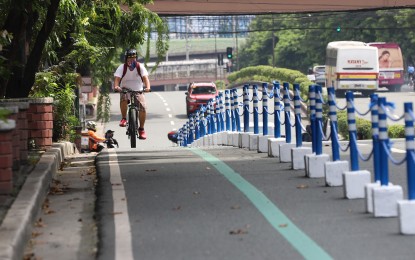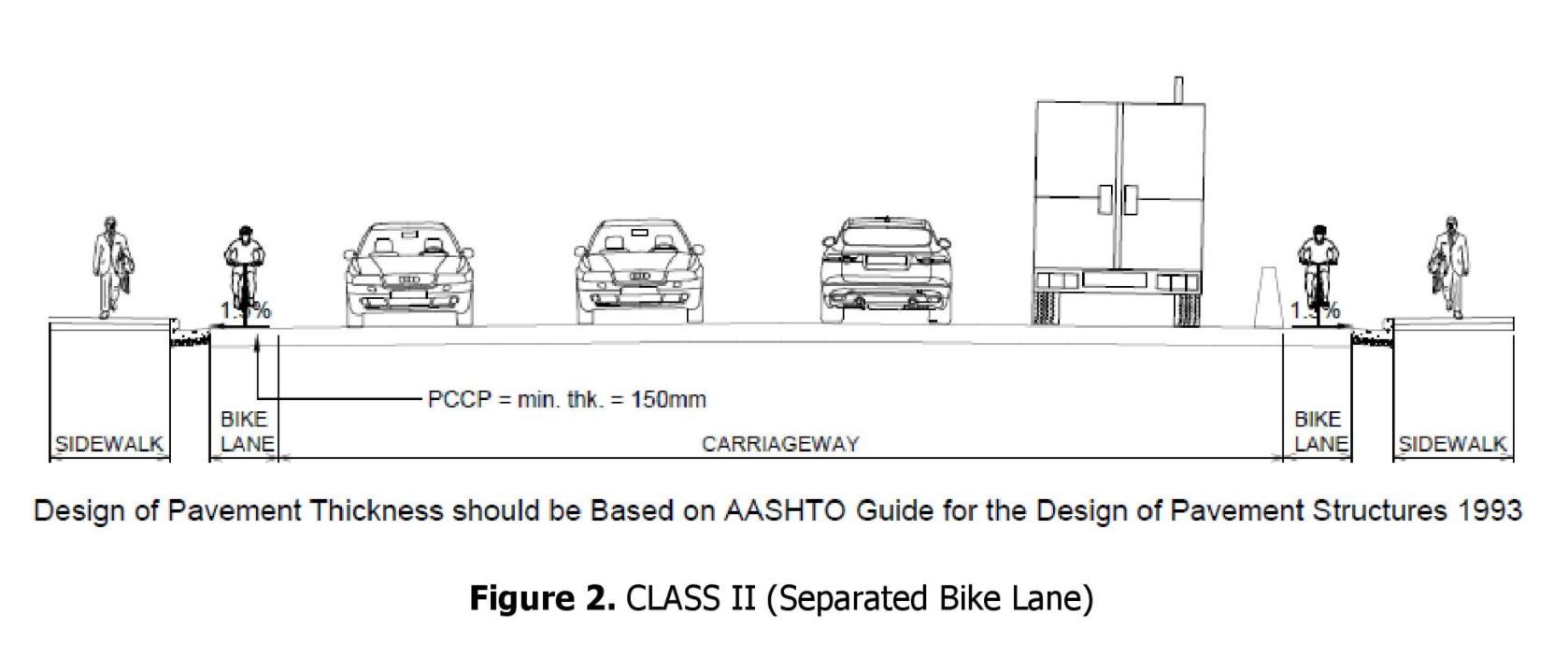
Bicycle lanes are now standard design in new national road and bridge construction or future expansion of projects in the Philippines.
The incorporation of bike lanes into the design of public roads is seen as a welcome move, especially that the ongoing Covid 19 pandemic has brought out various initiatives by civic groups and personalities to provide bicycles for frontliners and workers who are challenged by the limited public mass transportation during the community quarantine.
The new policy to address the needs and safe access to bicyclists and other road users is detailed in the Department of Public Works and Highways (DPWH) Order No. 88, series of 2020, published on October 16, 2020.
Under the guidelines, class, width, and directional criteria for the construction of new bike lanes will be established based on motor vehicle volume and operating speed, available road, shoulder and sidewalk space, lane configuration, bicycle demand, and other driveway and parking conflict.
The 3 classifications of bike lanes are as follows:
- Class 1 which is a designated protected path that is completely separated from the motor-vehicle roadway by an open space with a sidewalk. The shared use path under Class 1 is for moderate to high speed and high traffic volume.
- Class 2 which is a portion of a roadway designated for the exclusive use of bicycle and is separated from the motor-vehicle roadway through pavement marking or physical separation. The separated bike lane using pavement marking under Class 2 is for low speed to low to moderate traffic volume.
- Class 3 which is part of a roadway that has been officially designated and marked as a bicycle route but can also be used by motor vehicles due to limited carriageway width. Class 3 Bicycle Lane or the shared roadway is recommended for roads operating with the lowest speed and traffic volume

The prescribed standard bike lane designs for future projects as follows:
- bicycle facility contingent on the prevailing road and traffic conditions
- minimum of 2.44 meters of bicycle path width for one direction
- width of three (3) meters set for a 2-directional separated bike lane
The policy also covers road/bridge widening, diversion/ bypass roads among others.
“With bike-friendly infrastructure, we aim to promote road safety to all and encourage the public to consider biking as a safe mode of transportation beneficial to their physical health, the environment through reduced greenhouse gas emissions and noise pollution, to traffic, and to public roads that render less wear and tear,” said DPWH Secretary Mark Villar.
SEND CHEERS in the comments below to DPWH for incorporating bicycle lanes in new road projects.
Want to know how to be a Proud Pinoy? Like, Follow, Subscribe to GoodNewsPilipinas.com, and our socials Facebook, Twitter, Instagram, Good News Pilipinas! TV on YouTube, for new good story notifications and e-mail newsletters for updates on more Filipino Pride stories










